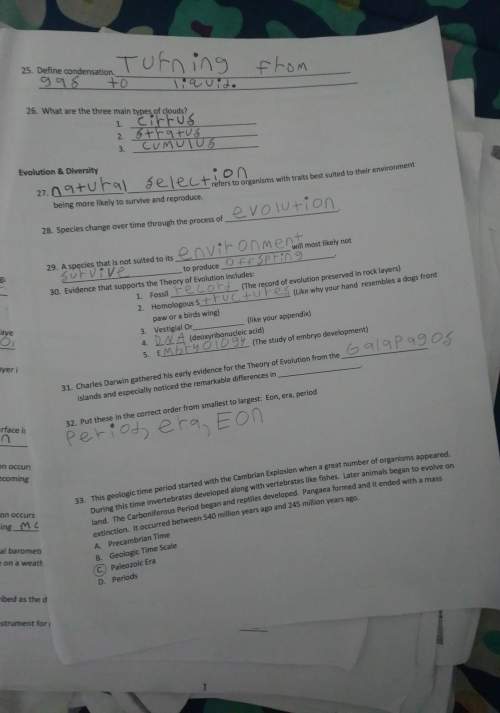
Physics, 18.02.2020 03:29 KrazyBird0912
In 1911, Ernest Rutherford and his assistants Geiger and Marsden conducted an experiment in which they scattered alpha particles (nuclei of helium atoms) from thin sheets of gold. An alpha particle, having charge +2e and mass 6.64 10-27 kg, is a product of certain radioactive decays. The results of the experiment led Rutherford to the idea that most of an atom's mass is in a very small nucleus, with electrons in orbit around it. Assume an alpha particle, initially very far from a stationary gold nucleus, is fired with a velocity of 2.52 107 m/s directly toward the nucleus (charge +79e). What is the smallest distance between the alpha particle and the nucleus before the alpha particle reverses direction? Assume the gold nucleus remains stationary..

Answers: 1
Another question on Physics

Physics, 21.06.2019 19:30
Can somebody explain to me how newton's 3rd law relates to momentum? ~ap physics 1
Answers: 2

Physics, 21.06.2019 21:50
Apossible explanation for a set of facts that can be tested by further investigation is called
Answers: 1

Physics, 22.06.2019 09:40
Asatellite component is in the shape of a cube with 10cm edges, has an evenly distributed mass of 2 kg and one bolt hole at each of four corners. if the maximum predicted random vibration environment is 10 grms, what bolt size would be a good choice for restraint? what other factors might drive bolt size besides force/stress?
Answers: 2

Physics, 22.06.2019 10:30
What are two different ways you could find the value of a? explain these methods.
Answers: 2
You know the right answer?
In 1911, Ernest Rutherford and his assistants Geiger and Marsden conducted an experiment in which th...
Questions







History, 30.06.2019 02:30




Spanish, 30.06.2019 02:30



History, 30.06.2019 02:30

Spanish, 30.06.2019 02:30

Geography, 30.06.2019 02:30

English, 30.06.2019 02:30


History, 30.06.2019 02:30

English, 30.06.2019 02:30




